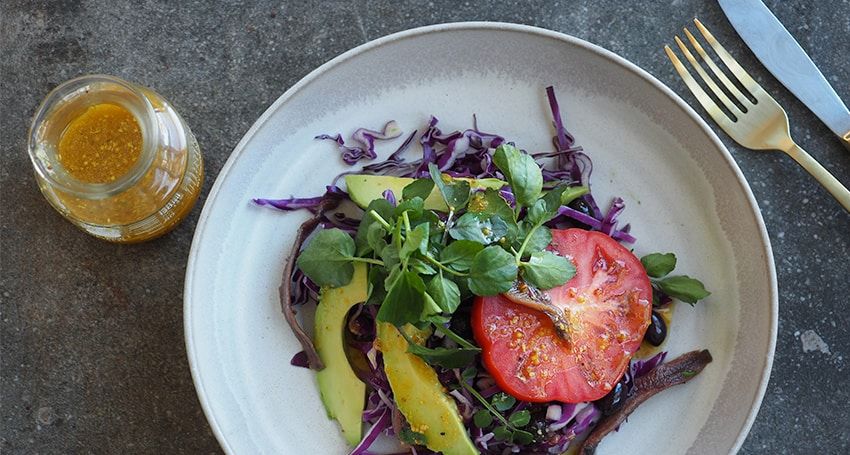
Much has been said of the Paleo Diet in recent years – despite the diet being around for more than 2.5 million years, it’s only been in the popular health vernacular for the last five.
During that five year span it’s received both adulation and condemnation. It’s been accused of being ‘dangerous’ and ‘not sustainable’ as well as curing every ailment known to man.
The last statement may be a little overzealous but following a diet that is indicative of our forefathers will promote good health. When we think of the Paleo Diet it’s very easy to conjure up images of cavemen in loincloths chasing woolly mammoths – and by doing this, it’s easy to detach any connection to these beings, therefore rendering the diet irrelevant to our lives and the current climate. Perhaps a better reference point, which is more tangible, is the Australian Aborigines. Up until the colonisation (227 years ago) the indigenous people of Australia lived a hunter/gatherer existence for 60,000 plus years.
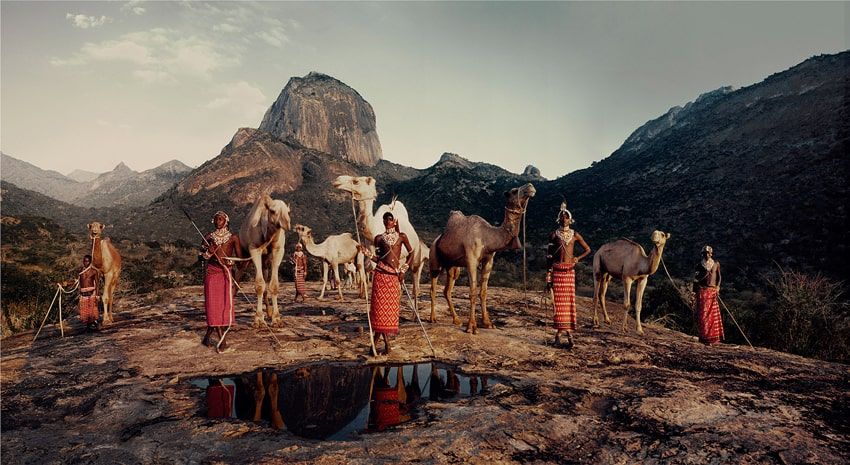
From Aboriginals to Inuits, their diet consisted of high fat, moderate protein and low carbohydrates. This macronutrient profile is the recipe for weight-loss. It’s absolutely no surprise that photos of early hunter/gatherers, such as Aboriginals, showcased lean and muscular specimens. A perfect example of this is a mesmerising book by Jimmy Nelson who has photographed the few remaining hunter/gatherers around the world – all images show people free of obesity and diabetes – which is plagued in the modern diet.
From a weight management perspective it is imperative that we adopt a diet that embraces high fat, moderate protein and low carbohydrates.
From a health perspective it’s vital that we embrace a diet of wholefoods, real food and eliminate packaged, processed foods that currently flood our supermarket shelves. Once we start to tap into the ancestral diet then we start to normalise our blood-sugar – as all foods are low to moderate GI meaning they have little to no impact our blood sugar and subsequent insulin response.

Another important consideration is eliminating foods that have an inflammatory response in our bodies. Now, this is where it can get a little tricky and people begin to roll their eyes but this is an essential piece of the jigsaw. There are certain foods and food groups that can cause inflammation. We are learning that it’s inflammation that is the major disruption to health. Foods that cause gut irritation can over time cause increased gut permeability (leaky gut), which allow inflamed molecules or pathogens to leak through to our peripheral system. Inflammation can result in auto-immune issues, CVD, hormone imbalances and cancer. Therefore, it’s wise to reduce or at very least minimise the foods that cause inflammation for continued good health. In order to maximise your health it’s advantageous to embrace foods that foster a health gut flora.
We are all different and each of our micobiome (gut flora) is a product of our lifestyle, genetics, exposure to land-based bacteria, diet, medication and more – hence the reason why we can tolerate different foods to our neighour. In many ways we are simply a vessel for our bacteria, as there are more bacteria in our gut than cells in our bodies – that being said our microbiome is in a state of flux and can be manipulated (improved) by avoiding certain foods and embracing others.
Here is a list of foods that can cause gut irritation and systemic inflammation:
• Alcohol ‘
• Milk ‘
• Grains ‘
• Quinoa ‘
• White potato ‘
• Tofu ‘
• Nuts ‘
• Kidney beans ‘
• Chickpeas ‘
• MSG ‘
• Omega 6 ‘
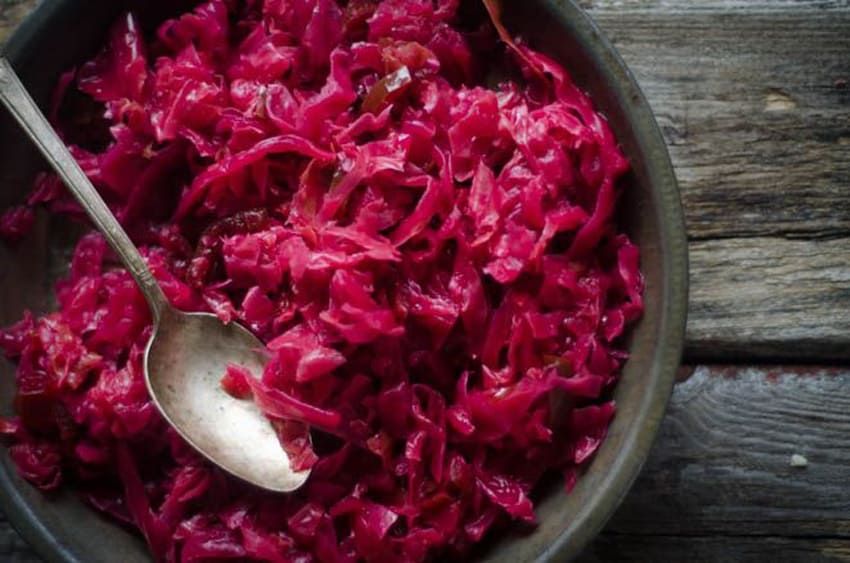
Here is a list of some foods that promote good gut flora: ‘
• Green bananas ‘
• Bone broth ‘
• Kefir (water or coconut) ‘
• Kombucha ‘
• Fermented veggies ‘
• Sauerkraut ‘
• Kimchi ‘
• Raw apple cider vinegar ‘
• Cultured dairy ‘

The bottom line is to cut out refined, processed foods and sugar, and instead focus on eating an abundance of veggies, especially non-starchy ones (eat these ‘til the cows come home), some natural fats and some form of ethical source of protein. When out shopping and perusing the supermarket aisle ask yourself – could I have picked, foraged or caught this item?… If the answer is no, then it’s safe to say it’s probably better off staying on the shelf. ‘
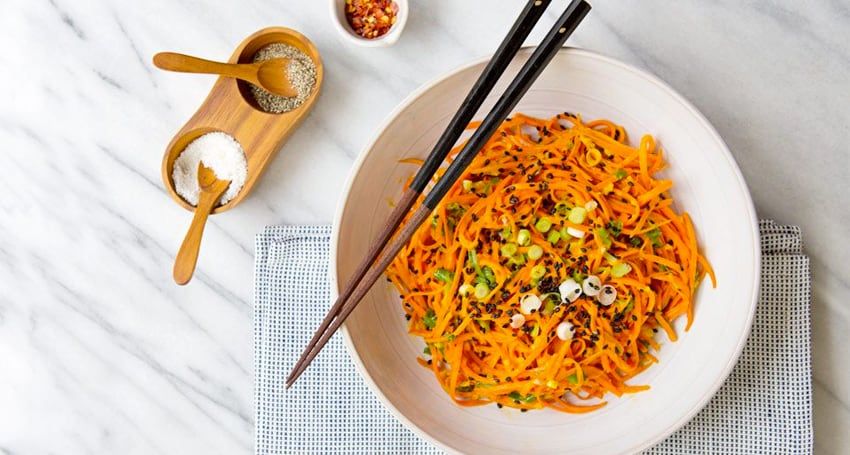
It’s not only our food landscape that has dramatically changed over the years but also the way in which we move. As a consequence of the industrialised world we now spend a proportionally large amount of time sitting. We are naturally designed to walk, run, push, pull, climb, drag and more but most of us do little that represents our natural physical range. Instead we sit staring at a screen or with a phone under our cheek for long periods – all of which can affect our posture, musculature balance, eyesight and hormones. It’s imperative that we take periodic breaks from the computer screen and stretch the legs and rest the eyes. Engaging in regular exercise or ‘play’ is a great way to energise and prevent physical stagnation. Impose a tech-ban every evening to allow melatonin production aiding good sleep is another way to maintain good health. Being ‘online’ is a necessary by-product of today, but try your best to minimise the impact it has on other facets of your life.
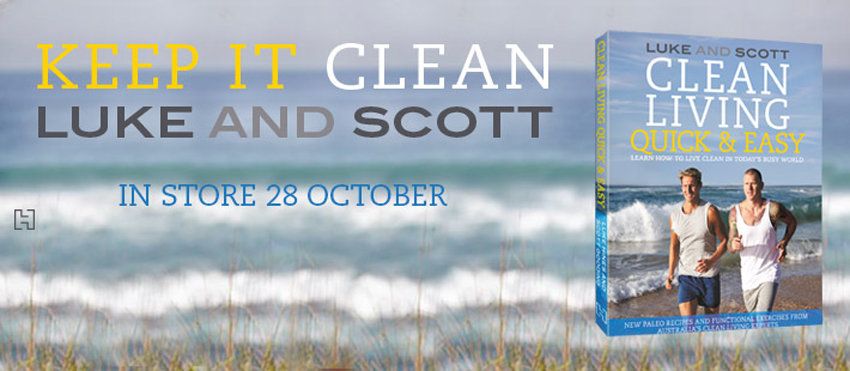
About Scott Gooding:
Scott Gooding became a household name in 2013 when he shot to fame on Australia’s highest ratings TV show ‘My Kitchen Rules’. A health and fitness ambassador, who won over the nation with his healthy approach to tasty food, Scott strongly advocates the path to optimal health.
In addition to being a health coach, with a background in exercise science, Scott is also an author of six successful books under the Clean Living series released in Australia and the UK.
Scott continues to spread his message through his ambassador role with Nature’s Way, Santa Monica Tourism, his websites and various other platforms.
Scott is also co-owner of Paleo Foodies Online and the ambassador to Camp Quality, Redkite, Sir David Martin Foundation and Black Dog Institute.
For more on Scott Gooding, visit: http://scottgoodingproject.com/ or his social media channels – Facebook: ScottGoodingProject, Instagram: @ScottGoodingProject, YouTube: Scott Gooding, Twitter: @ScottyFit


